There are any number of websites, articles and experts extolling the virtues of realigning your asset allocation to ‘safer’ avenues as one inches towards his retirement. Some go to the extent of advocating a 100% debt portfolio the day one retires. Many arguments are advanced in favour of this shift – emotional ones (‘need to protect one’s life-long savings’), pseudo-logical ones (‘cannot afford to lose even a single paisa now as the earning are much reduced while expenses only rise’) and even medical reasons (‘cannot afford to have another stress-point in old age’). But the truth actually lies far away from these appeals. Let us look at the arguments that dictate that we should actually move towards lower safety instruments to ensure that we remain financially safe!!
The biggest threat to the retirement corpus, painstakingly built up over the years, is inflation and income tax. Inflation eats into the purchasing power of this corpus and thus, there is a need to ensure that this money earns at least as much as inflation to retain its value. Similarly, taxation ensures that, if you are in say 30% bracket, a seemingly great 9.5% FD gives you post-tax returns of only 6.56%! Thus, if the average yearly inflation is 8% while our post-tax returns on this corpus are only 6.56%, then effectively Rs 10 Lakh corpus will have a purchasing power of only Rs 8.65 Lakhs after 10 years. To elaborate this point, if something costs Rs 100 today, it will cost approximately Rs 216 ten years later at an inflation rate of 8% per annum. However, with a 6.56% post-tax return, your money would have grown only to Rs 188 during that period. You may feel that your corpus has almost doubled in 10 years, but actually it can buy lesser number of thing 10 years later than now. Thus, instead of increasing in value, it has actually lost its value over time. This has happened due to the tendency to go in for absolutely safe instruments which have actually given negative effective returns and made your money lose value.
Second threat to this money is the fluctuating interest rates. Safety net instruments are primarily fixed interest ones. But, almost all of them have defined term maturities like Senior Citizens’ Savings Scheme (SCSS) or Post Office MIS (POMIS) and tenure Fixed Deposits. Only PPF has longer tenure but with stringent withdrawal regime. The issue of reinvestment will always come up after the maturity period. Since interest rates too have their own cycle, it is not necessary that interest rates will be high at the time when your matured money has to be reinvested.
Third issue here is the very long investment periods for the retired people. It is well-known that equity-linked investments give the best returns over long period and their ‘riskiness’ declines over a period of time. Some analysts also quote statistical data to show that Indian equities become almost risk-less after 12 years of consistent equity-related investing. Most of the people retire at the age of 60 years. Taking life-expectancy to be around 85 years, almost a quarter of a century has to be lived consuming the retirement corpus. If this is not long period, then what is? Then, it does not make sense for such people to keep off equity related investment avenues for meeting their needs in later part of their living years.
Hence, we see that resorting to so-called 100% safe investments of fixed income instruments actually erodes your corpus as also exposes you to reinvestment risks. If that be so, what should a retired or retiring person invest in? The best solution for such a person would be:-
- Instead of looking for investment solutions at the word go, look for your balance requirements instead, which should guide the kind of investments to make. Look at your financial liabilities still pending and a pragmatic assessment of your monthly expenses, including medical needs, over the rest of your lifetime.
- Short-term needs beget a comparatively safer investment solution which is not dependent on the vagaries of financial instruments. Thus, the money required for next 3-5 years should not go into equity or real-estate related instruments. They should go into fixed return investments like bank/company FDs, SCSS, POMIS, debt mutual funds etc, which are sure not to erode your capital though the returns may be lesser.
- Longer term requirements, generally your retirement living expenses approximately 5 years onwards after you retire, should go into equity-related products. Prefer equity mutual funds over direct investment in stocks unless either you are very confident of your stock-picking prowess or have a very reliable stock agent. These equity instruments should progressively be switched to debt products one year’s requirement at a time so that your next 3-5 years’ financial requirements remain in fixed income avenues at all times.
- Real estate, well-researched for the builder, location and price point, also has the capability to give good returns provided not more than 25-30% of your corpus is invested in it.
- Gold, despite the recent bull run, actually is just a hedge against inflation. It simply implies that it is not likely to create long-term wealth for you since its returns are likely to just about match the inflation rate. One may have a small exposure to it though, typically about 5% of your money, mostly in the form of Gold ETFs or Gold Savings Funds.
- Insurance is a neglected area by the retired or retirees. If there are dependents or liabilities which need your financial protection umbrella even after you retire, do take or continue your insurance policy till that requirement exists. The best product here is a Term Insurance Plan for you.
With regards,
Col (retd) Sanjeev Govila, CERTIFIED FINANCIAL PLANNERCM
CEO, Hum Fauji Initiatives,
Your Long-term Partner for Wealth Creation
9999 022 033, 011 – 4054 5977 (Off), humfauji.in
Visit our Blog, humfauji.in/blog or facebook page http://www.facebook.com/HumFaujiInitiatives or follow us on Twitter https://twitter.com/#!/humfauji to get latest insight on matters financial

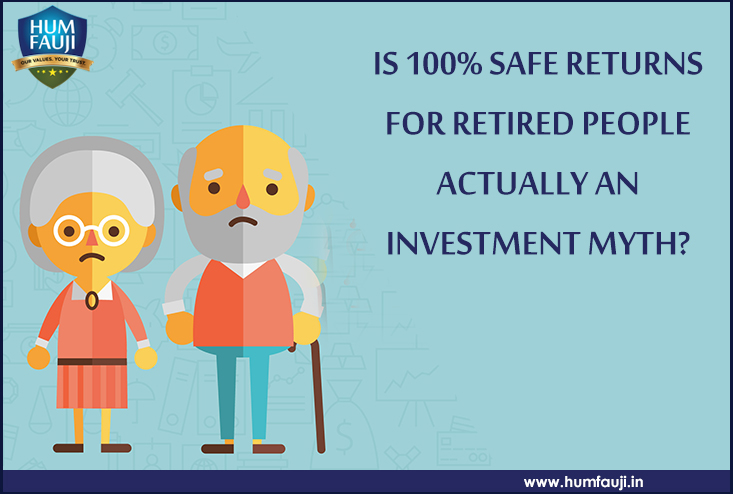
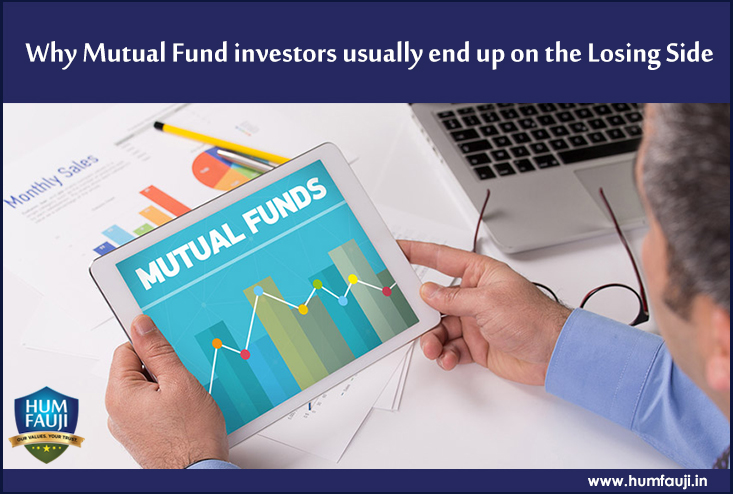

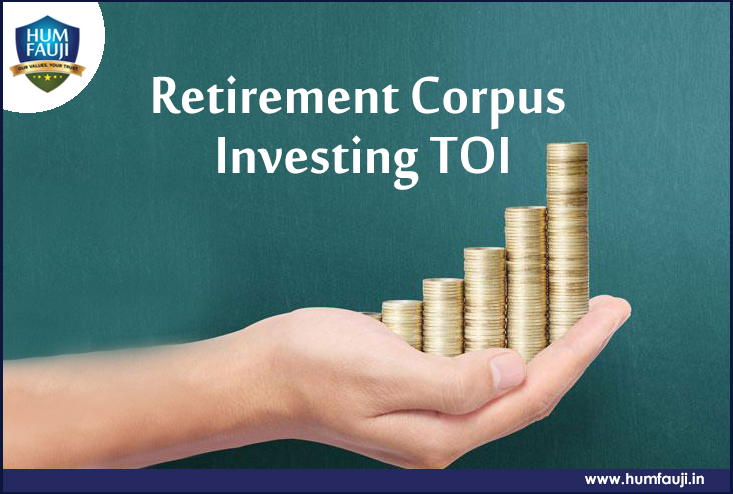




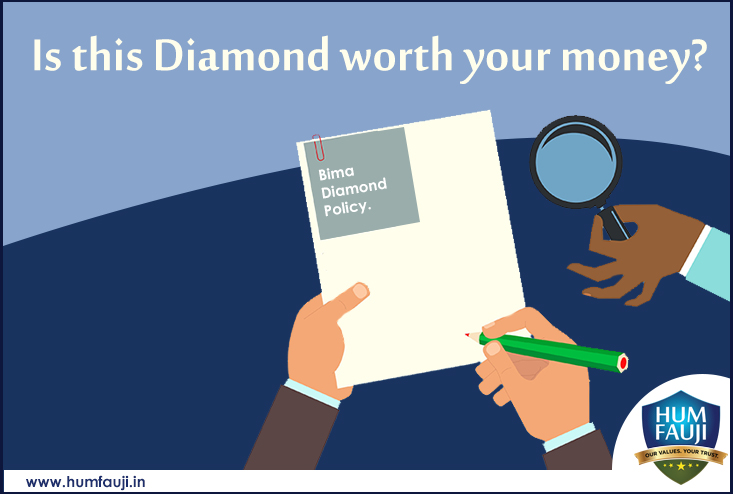
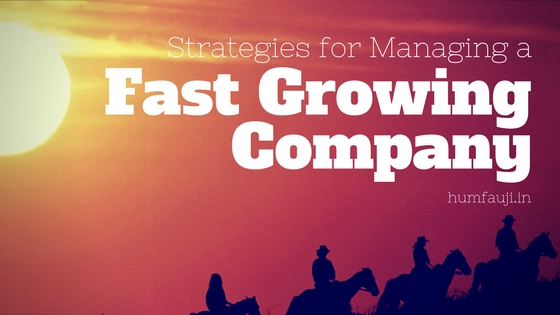



Leave a Reply